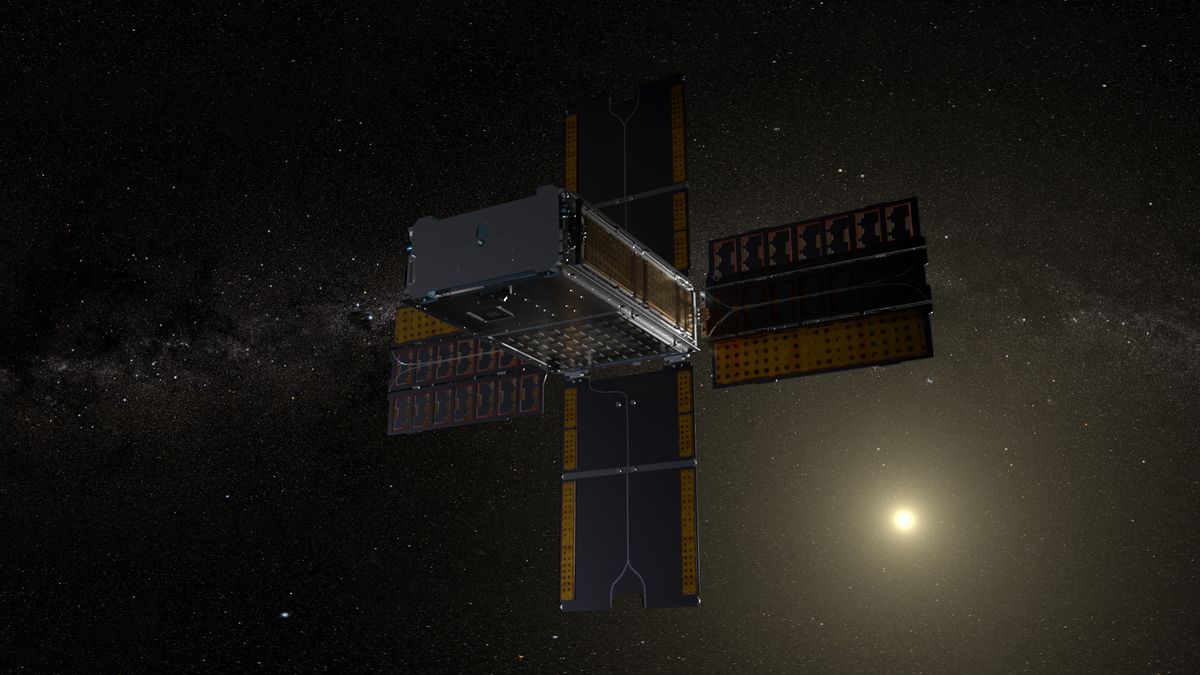NASA's Artemis 1 moon mission will carry the world's 1st deep-space biology experiment
By Stefanie Waldek published about 14 hours ago
To boldly go where no yeast has gone before.

An artist's rendering of BioSentinel. (Image credit: NASA/Daniel Rutter )
NASA's next rocket launch will have a few hitchhikers onboard.
When the Artemis 1 mission launches, currently scheduled for Aug. 29, the new Space Launch System (SLS) rocket will take to the moon not only NASA's next-generation Orion capsule, but also 10 tiny cubesats. One of those cubesats is the BioSentinel mission, which will be the first long-duration biology experiment in deep space. (Biology experiments have thus far been limited to the Earth-moon system.) The cubesat, which is carrying yeast cells, will enter an orbit around the sun similar to that of Earth's. From there, scientists will study how space radiation affects yeast cells.
"BioSentinel is the first of its kind," Matthew Napoli, BioSentinel project manager at NASA's Ames Research Center in California, said in a statement. "It will carry living organisms farther into space than ever before. That's really cool!"
Space radiation forms when atoms travel so quickly they lose their electrons, leaving behind just the nucleus, according to NASA. The agency calls such a particle "an atomic-scale cannonball" because of the damage radiation can cause. Earth's magnetic field protects most humans from space radiation, which can otherwise cause cancer and other diseases.
And when astronauts leave low Earth orbit for long-duration missions, they'll be left exposed, hence NASA's interest in studying radiation and its impacts. The BioSentinel mission is part of this research. Because yeast cells have similar biological mechanisms as human cells — perhaps most importantly, both organisms carry genetic information in double strands of DNA — they can serve as a test subject for radiation experiments to demonstrate what might happen to humans in a similar situation.
More:
https://www.space.com/artemis-1-cubesat-biosentinel-deep-space-yeast
